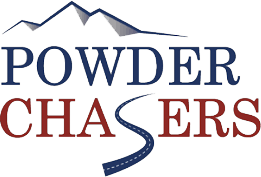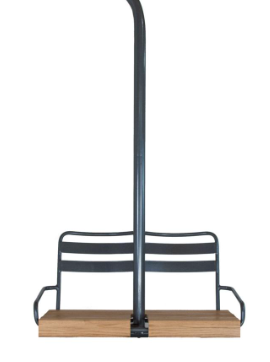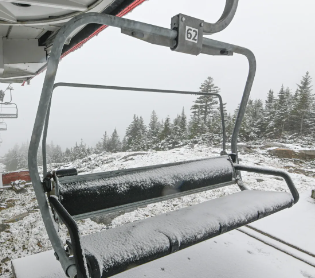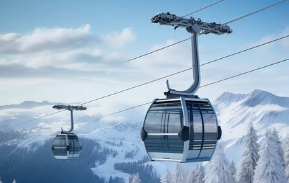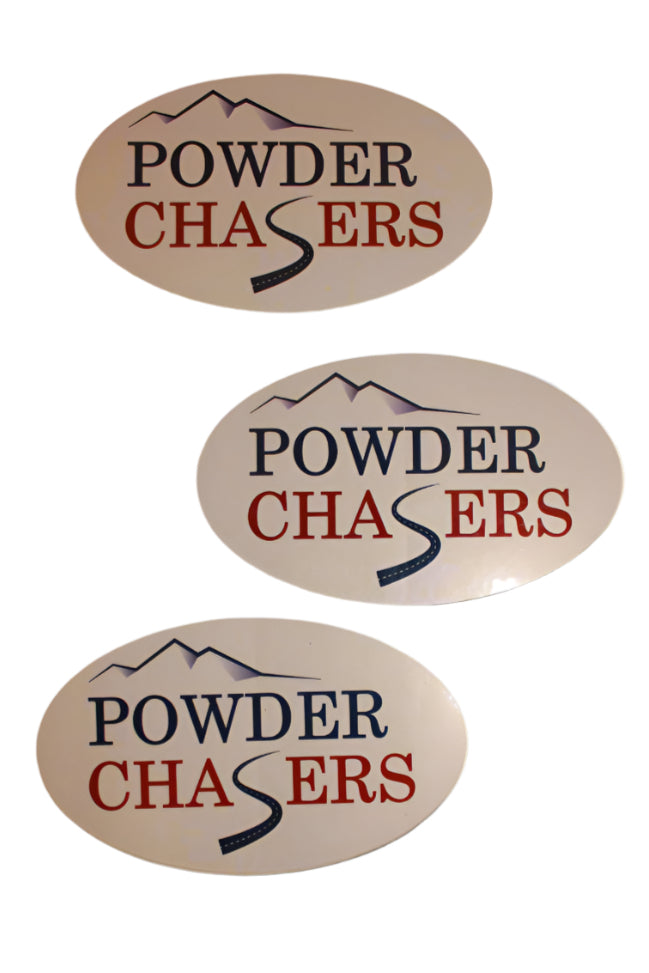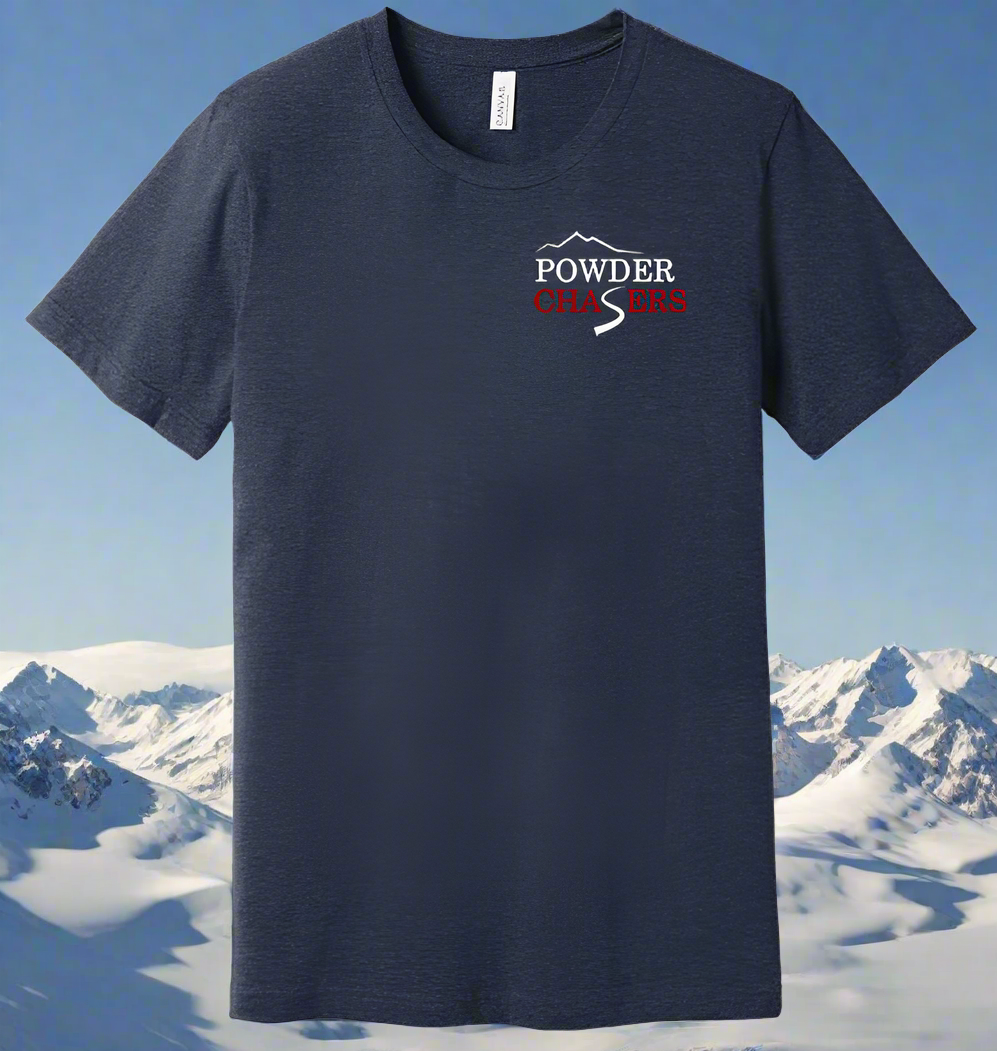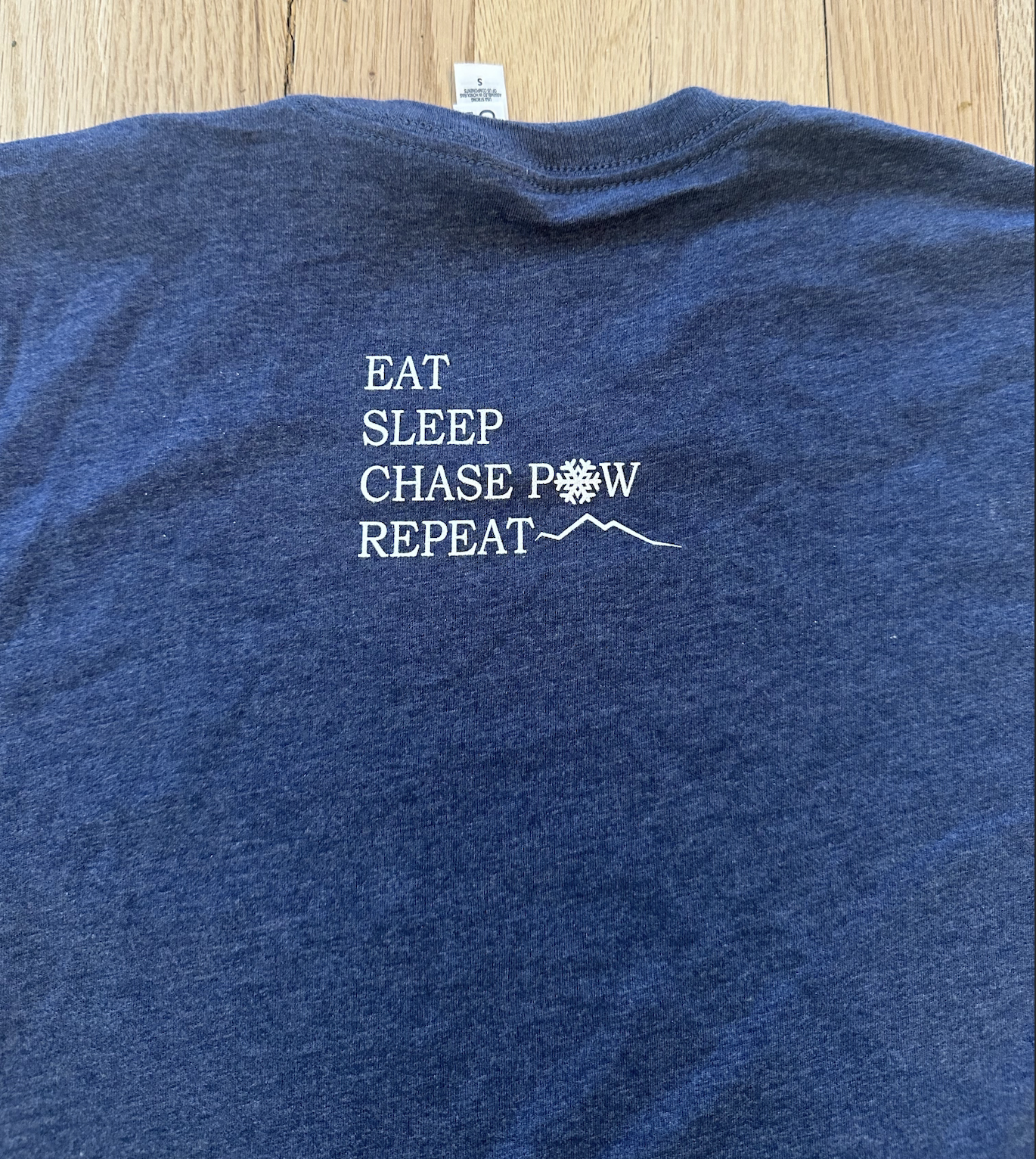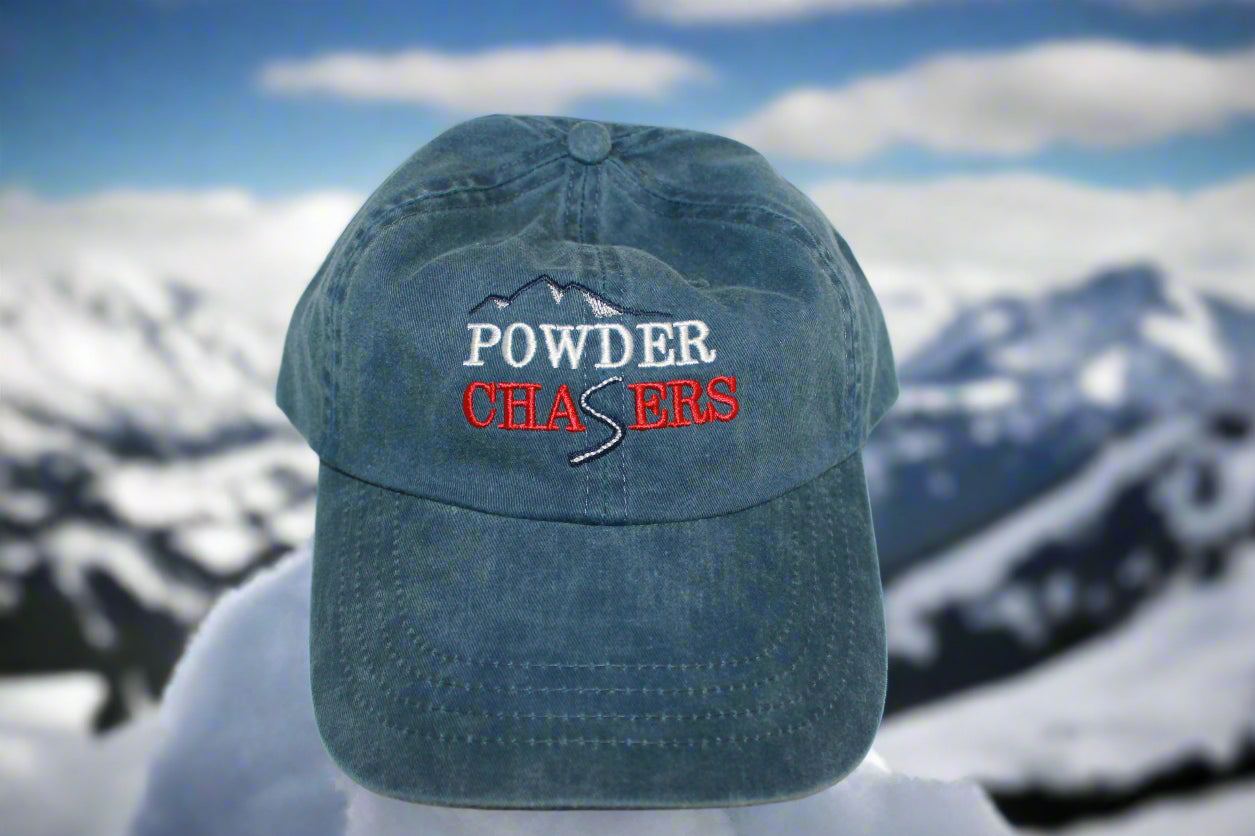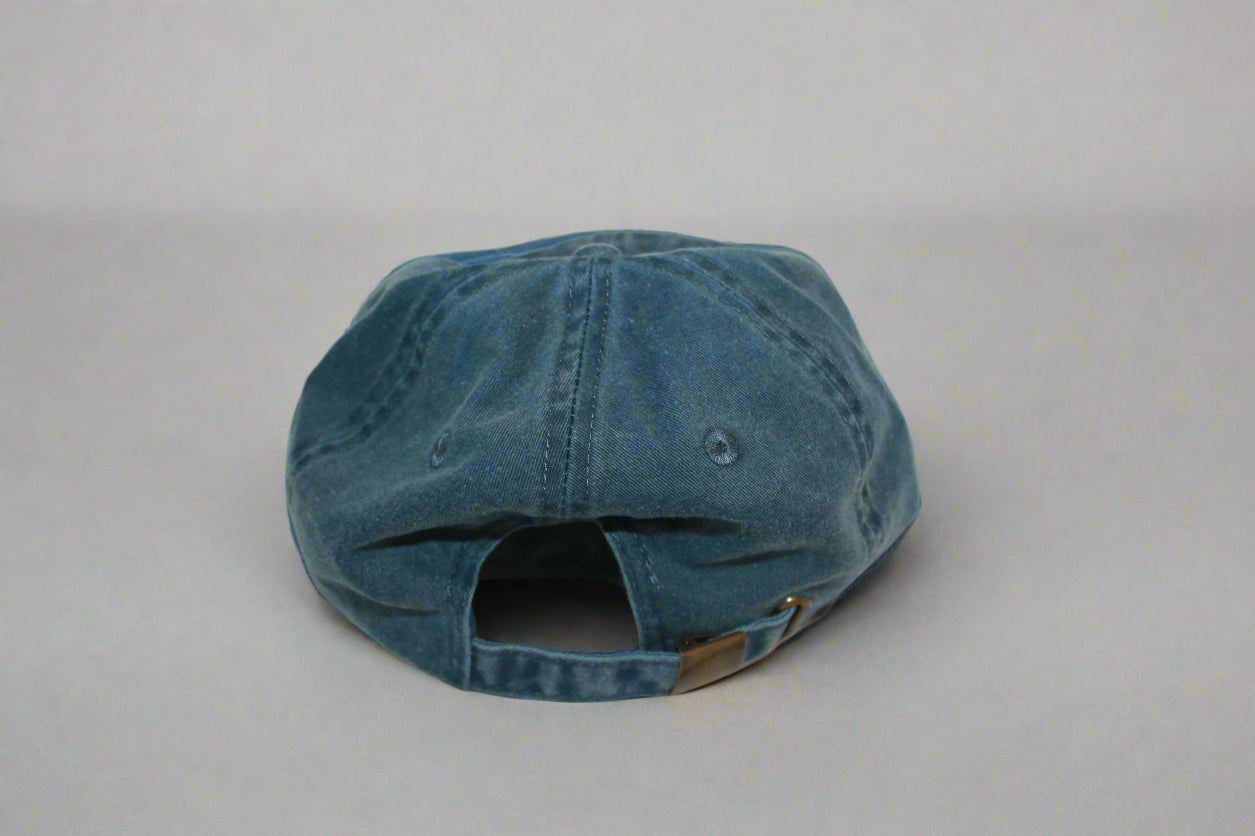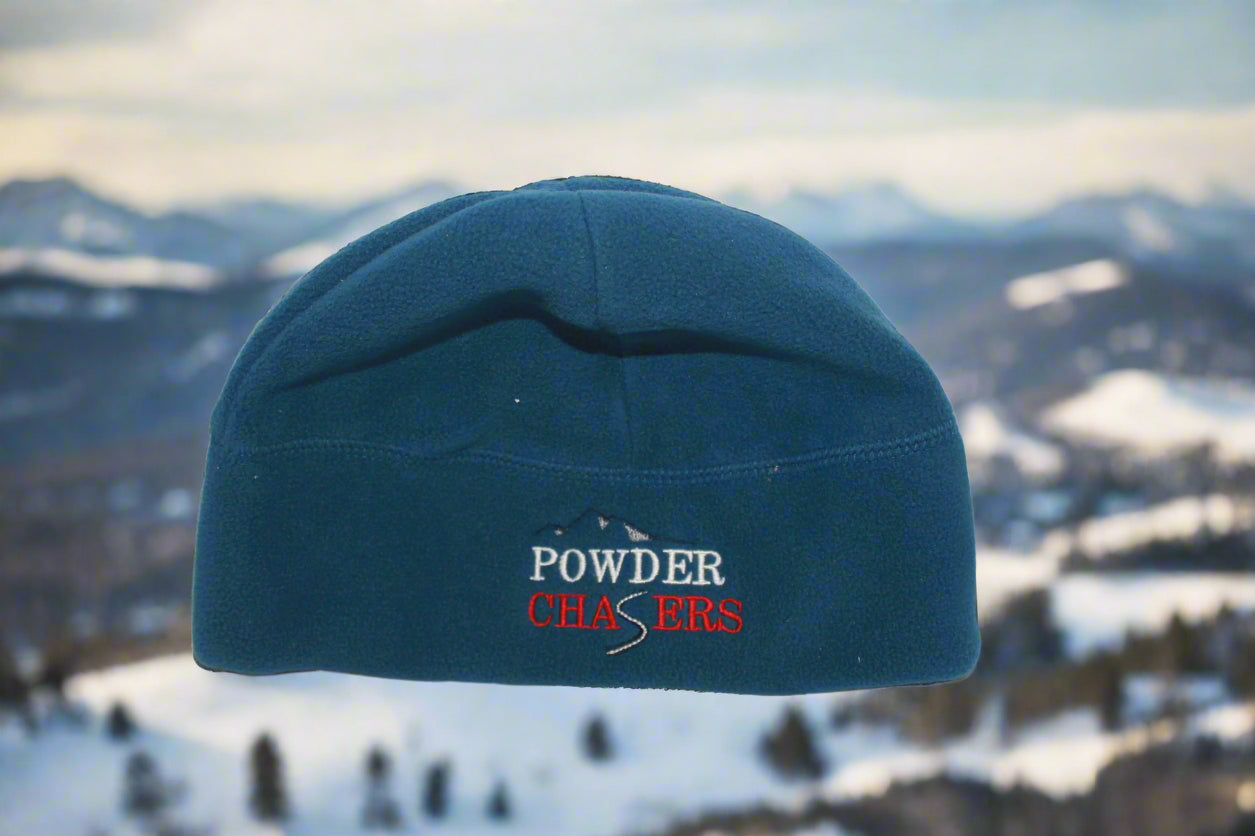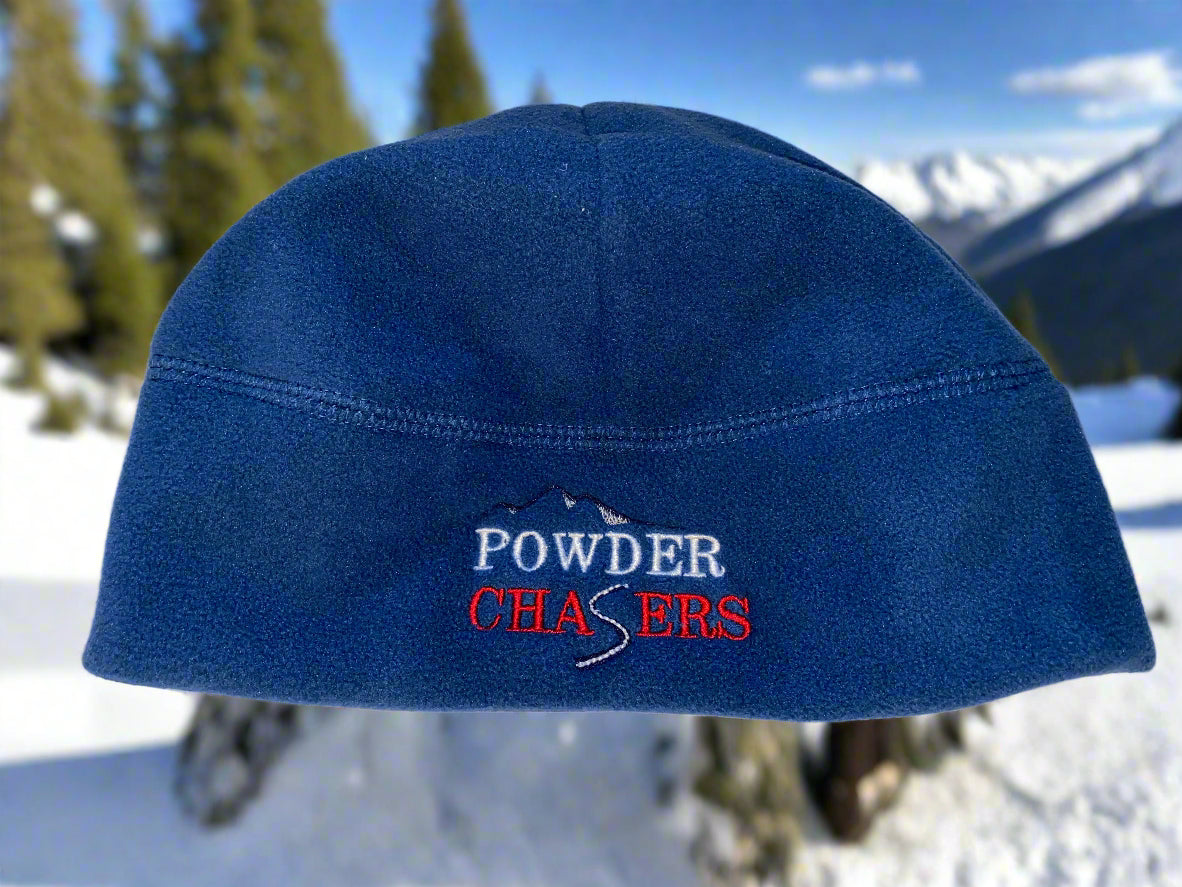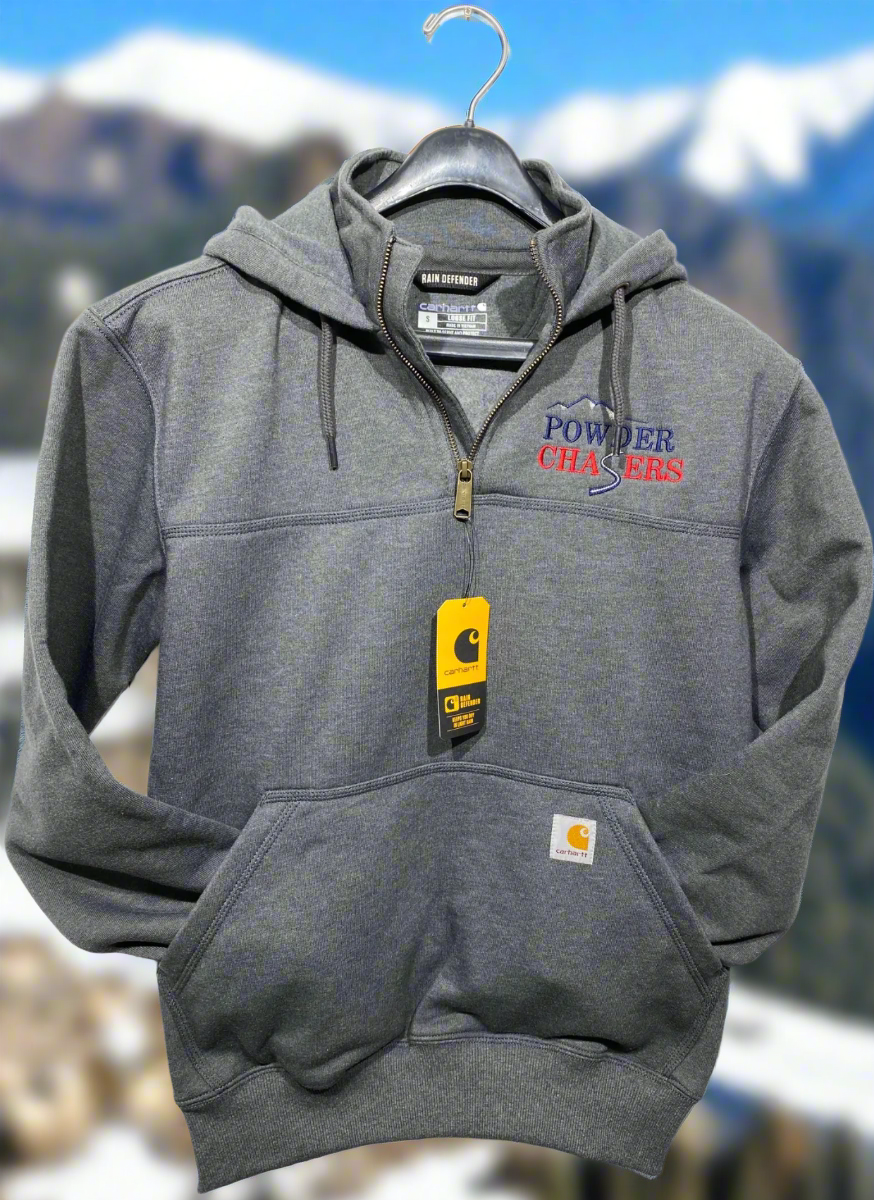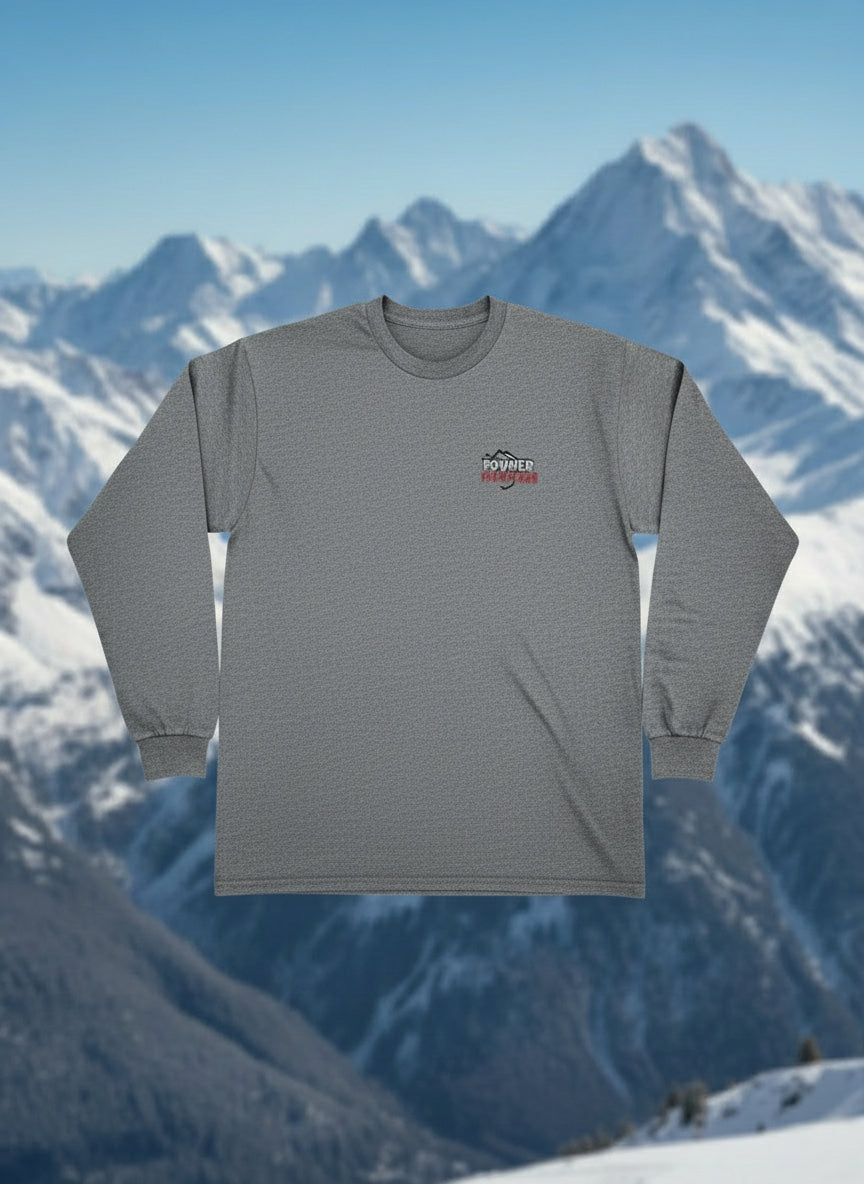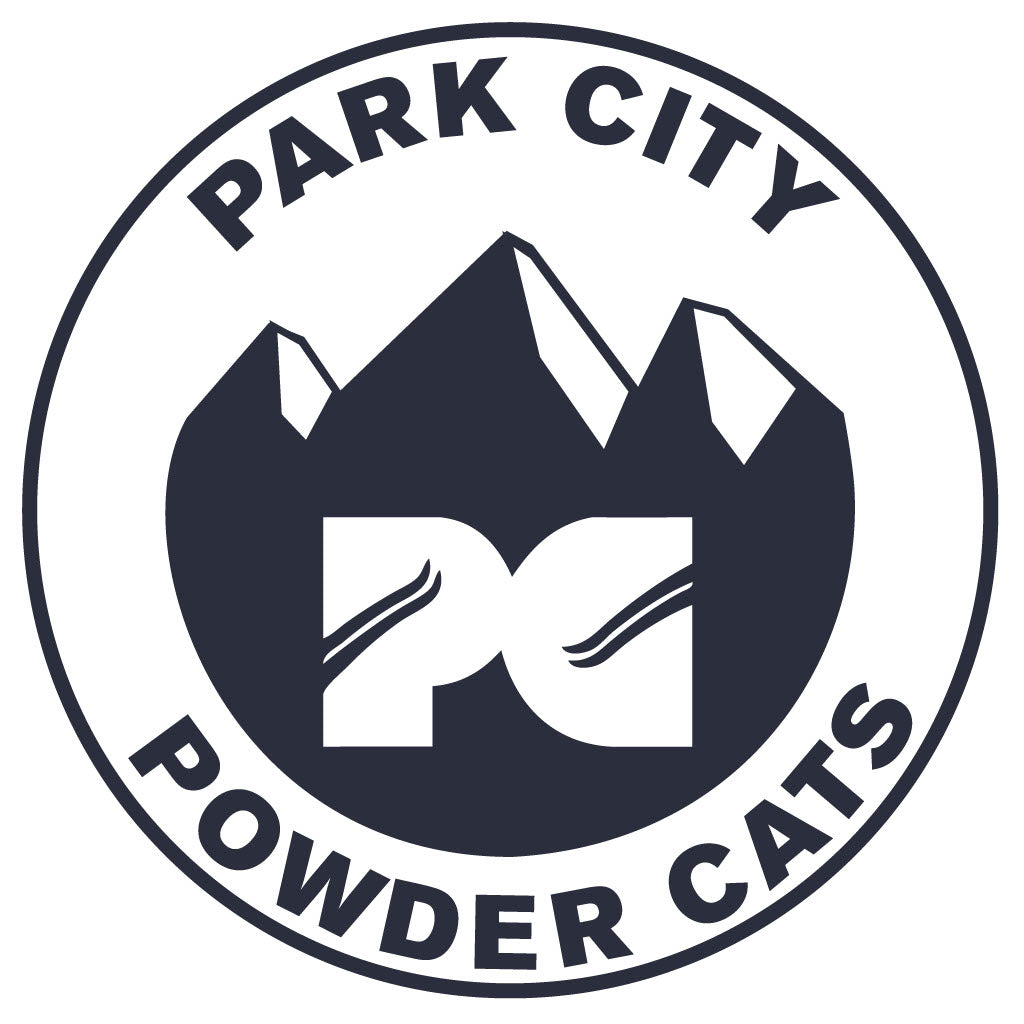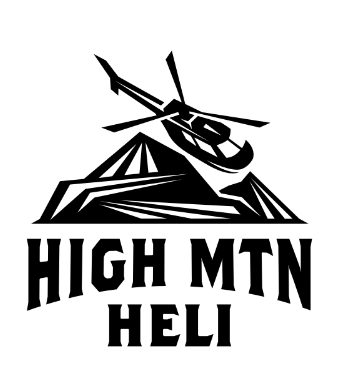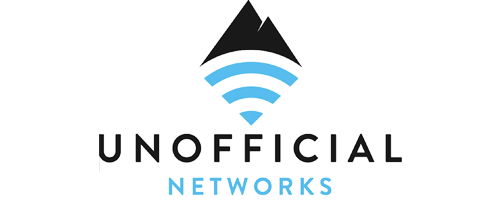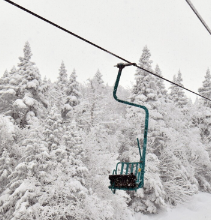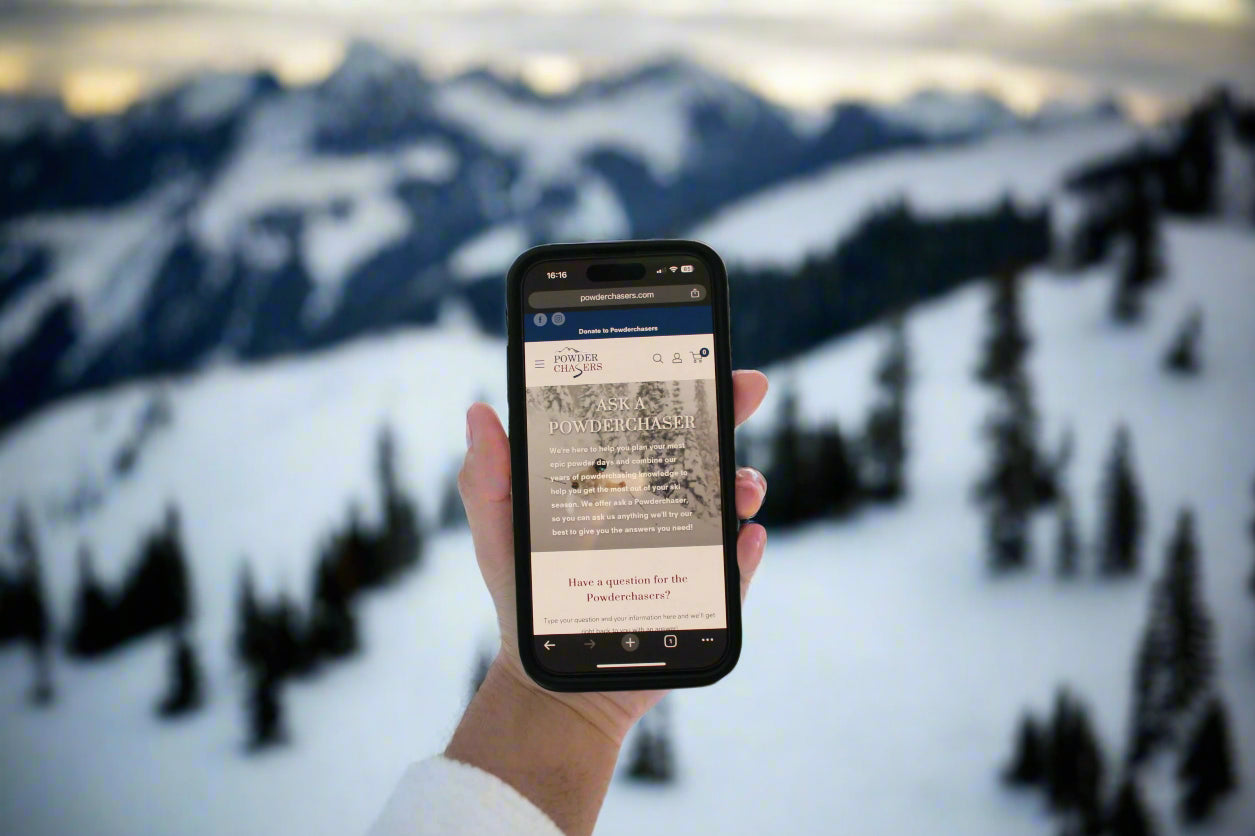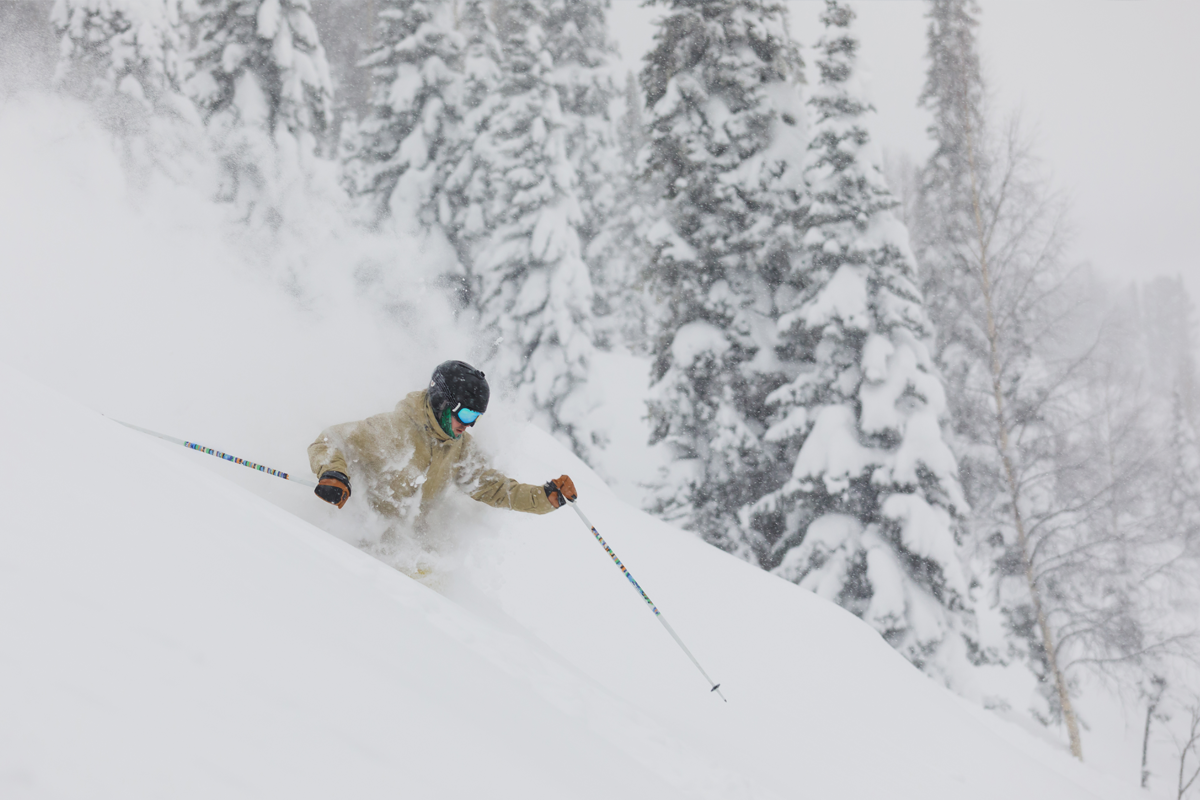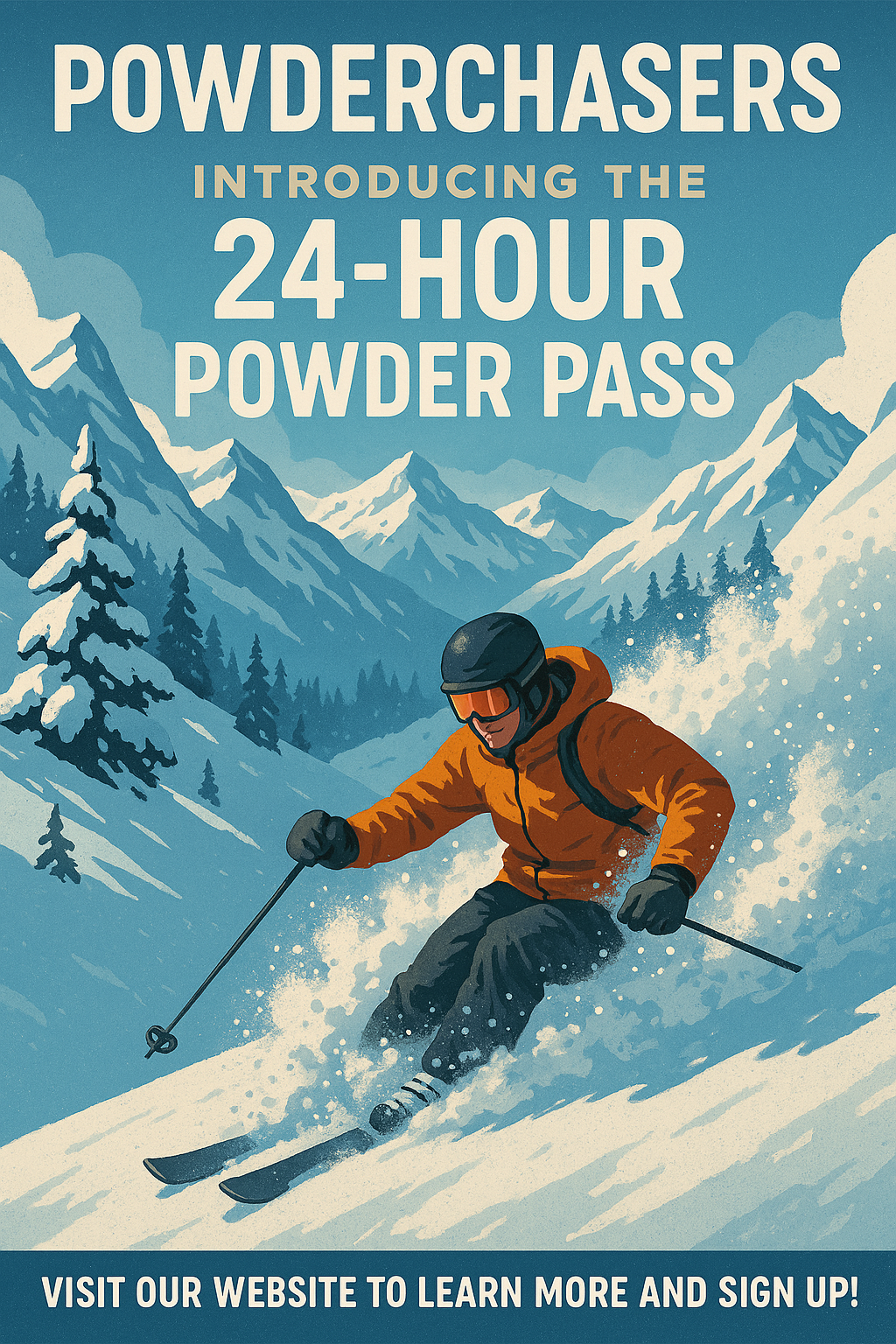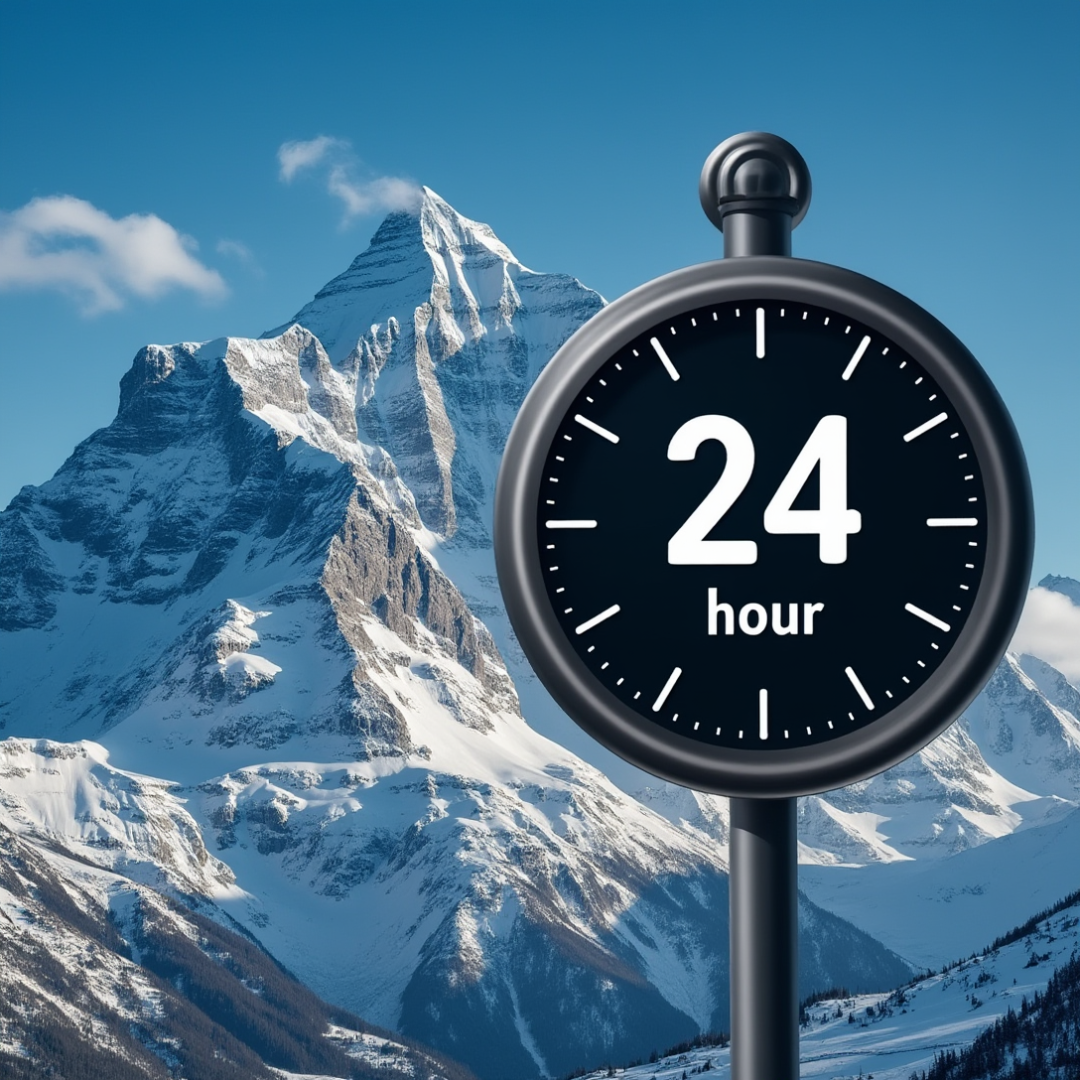So we have arrived at the time of year where seasonal snow forecasts become ubiquitous across the internet. What follows is our take on seasonal forecasting and the upcoming 2020-2021 Northern Hemispheric Winter. The most significant takeaway from this post is that no one can accurately predict seasonal snowfall, and that any one who claims they can with confidence lacks a basic understanding of long range forecasting.
This year there is a 60% chance of a weak La Nina developing this Fall and a 55% chance of it continuing into the Winter. Keep reading why that could be a bust.
The most commonly used approach to seasonal forecasting is an ENSO (El Nino Southern Oscillation) Cycle analysis. This entails an examination of the Sea Surface Temperatures (SSTs) in the equatorial Pacific. Through complicated oceanic and atmospheric processes, when these SSTs are warmer or colder than normal, the weather patterns over the US can change. Typically, the warmer (or colder) the ocean temperatures are, the more substantial the impact is on seasonal snowfall. In general, during a La Nina, the Pacific Northwest (PNW) is cool and wet, resulting in above normal snowfall, while the Southwest (SW) is warm and dry. Below are the December to February temperature and precipitation anomalies for weak La Nina episodes. You can see a trend of higher precipitation in the Northwest and northern Rockies.


For weak La Ninas, most of the Western US is cool, with the PNW seeing above normal snowfall. For moderate and strong La Ninas, the SW becomes warmer and dryer on average while the PNW remains wetter than average. Check out the link below for additional details (https://www.weather.gov/mhx/ensoninaanomalies).
During El Nino, on average, the opposite holds true, with above average snowfall in the Southwest and below average snowfall in the Northwest. One interesting issue that is rarely mentioned during ENSO discussions is the transition zone. In this region, that extends roughly from Northern California east through Northern Colorado, the typical El Nino/La Nina snowfall anomalies do not apply. The warm/dry and cool/wet anomalies exist along a dipole in the Western US, which yields a transition zone in between that traditional ENSO anomalies do not adequately explain. See the image below for an approximation of where the transition zone lies.

Let’s now briefly discuss why seasonal forecasts made in late Summer/early Fall are not particularly reliable. The vast majority of seasonal snowfall forecasts are based off of ENSO averages. Sadly, despite its lack of skill, ENSO based seasonal forecasts are the best option available to forecasters.
The first issue with the use of ENSO to produce a seasonal outlook at this time of year is that we don’t even know what the ENSO state will be during the Winter months. At this point we are relying on models to predict whether it will be El Nino, La Nina, or neutral. This year, for example, the models are indicating that there is a 60% chance La Nina will develop in the Fall and a 55% chance it will continue through the Winter. If a forecast is made based off this La Nina prediction, but prior to or during the Winter, the ENSO state changes, the long range forecast will likely be a bust.
The strength of the El Nino or La Nina (how much warmer or colder than normal the water is) is another aspect of the ENSO state that the models must accurately predict in order for the forecast to be accurate. Even if the long range models accurately predict the ENSO state and strength, the temperature and precipitation anomalies (departures from normal/average) are just that, averages. So, on average, the ENSO states have associated temperature and precipitation anomalies. However, during any given year, for a large variety of reasons, the temperature and precipitation departures from normal may be quite different than the expected ENSO averages. Just one, huge, week long storm cycle can bust a seasonal forecast, especially in California and Washington, where atmospheric rivers constitute a substantial portion of the yearly precipitation. A stubborn pattern (one that is the opposite of what’s expected based on the ENSO state) that sets up and lasts a few weeks to a month can also lead to major forecast failures. Thus, these ENSO based seasonal forecasts are little more than information about the odds that one region may be favored for snowfall over another in a given season.
The most we should do with that information, for example, is use it to assist in long term vacation planning. Perhaps you know you have a five day ski vacation you can take this Winter, and that it needs to be booked a few months in advance. You could use fact that the models are predicting a La Nina, and the associated temperature and precipitation anomalies, to book your five day vacation in a region that is favored for snowfall. Still, as evidenced by numerous recent Winters where the final snowfall did not match the ENSO anomaly, the region you booked your trip in may be suffering from a dry pattern. You can look back as recently as the 2016-2017 and 2017-2018 Winters, both of which were La Nina, and observe that the seasonal snowfall totals were quite different. The Winter Below are the of 2017-2018 resembled the expected La Nina anomalies fairly well, while the La Nina of 2016-2017 did not.
While the ENSO state can provide some insight into what the upcoming may hold for snowfall, overall the skill level of these forecasts is low. As a graduate student studying Atmospheric Sciences, part of my research entails investigating the connection between the northern part of the Atlantic Ocean and precipitation in the Western US. Perhaps this analysis, in conjunction with the ENSO data, will lead to more reliable seasonal forecasting in the future. For now though, wait as long as you can to book a trip, and rely on our Powder Concierge to guide you to the deepest snow whenever you can chase.
Powderchaser Luke
